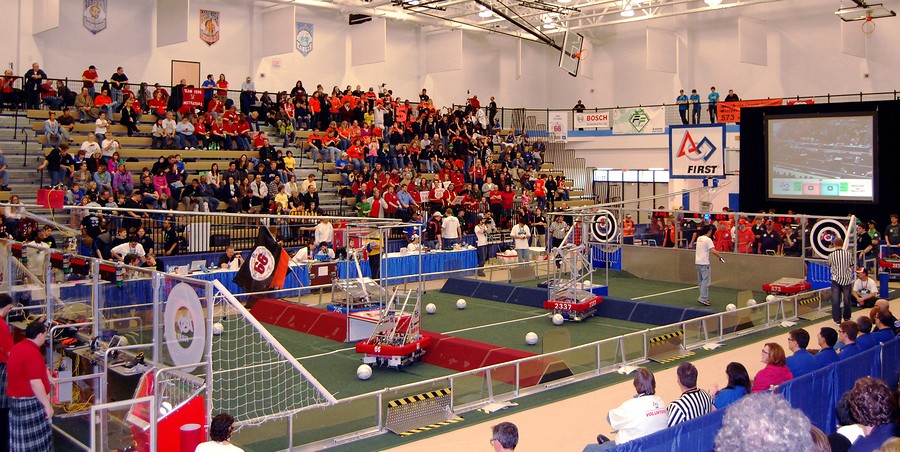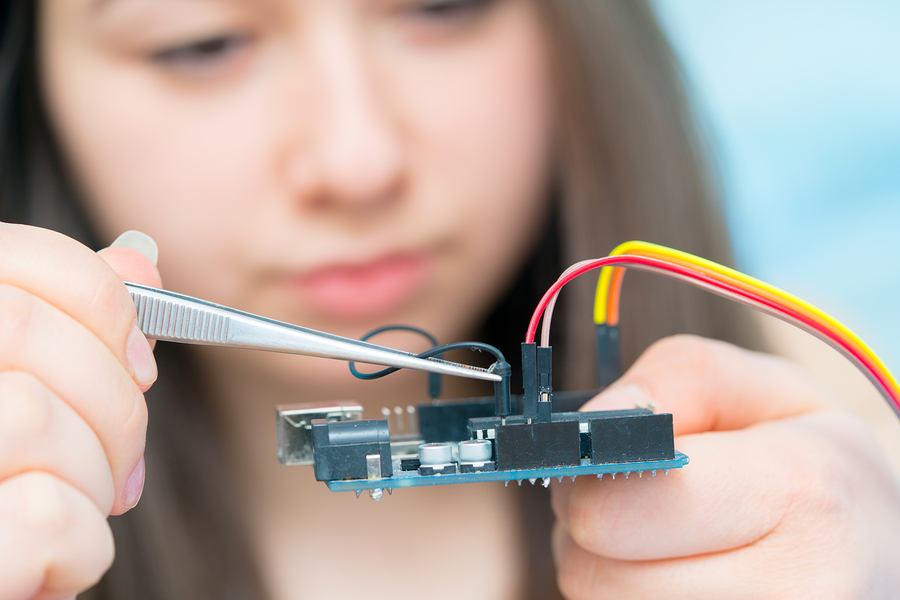The Rise of Robotics Competitions Is Paving the Way for Future Engineers

Extracurricular school clubs and programs have always served as gateways for exposure to future careers. Students on the debate team get their first taste of arguing policy and discover their interest in politics, for example. It’s the chance to focus on something that interests them outside the core education track every student is on.
Today, one of the most popular of these extracurriculars is robotics. And, like debaters who head into politics or business, a nationwide recognition of institutional robotics is breeding the next generation of engineers. STEM competitions are exposing students to electronics, programming, logic and problem-solving, as well as other facets of engineering in a way that’s fun, challenging, and ultimately rewarding.

Students are stepping into the robotics ring
Like any extracurricular, the endgame of robotics involves competition. Organizations like For Inspiration and Recognition of Science and Technology (FIRST) put on regional and national tournaments and encourage student-led teams to assemble and program robots for a wide array of challenges — everything from rolling a ball through an obstacle course to completing a series of specific tasks.
Tournaments like the FIRST Robotics Challenge (FRC) push students not only to construct and program basic robots but also to exercise their critical-thinking and problem-solving skills in inventive capacities. They gain exposure to physical robotics while simultaneously training their brains to embrace core engineering principles.
A rapidly growing focus on STEM
Robotics clubs in schools are giving kids pliable traditional educational extracurricular skills with the prestige and excitement of collegiate sports. Where robotics stands apart from both is in its engrained focus on STEM education. FIRST conducted impact studies that show just how much of a positive impact robotics has had on driving STEM interest.
- Students involved in robotics are twice as likely to show increased interest in STEM learning.
- 87% of FRC participants plan to take high-level math or science courses.
- Over 75% of FIRST alumni hold careers within STEM fields.
In addition to these facts, FIRST alumni also report robotics’ positive impact on interpersonal communication, conflict resolution, time management, and problem-solving skills.

The engineers of the future are starting early
A student doesn’t typically pick a formal career path until college and, even then, the waters can still be muddy for individuals with conflicted focuses. The beauty of STEM education early on is its ability to open many doors to many different career tracks. For K-12 students with access to robotics clubs, it’s an opportunity to start clarifying a career path earlier than many peers. Testimonials from K-12 STEM educators at the NYU Tandon School of Engineering shed light on this phenomenon:
“We have seen our former students flourish in high school, pursuing paths directly related to engineering and now we have several students who are going to college to pursue engineering majors.”
The exposure to STEM principles like critical thinking and problem-solving at a young age, coupled with the alluring technology of robotics, prepares students for futures in engineering. As they compete in tournaments like FRC and discover interest in STEM through institutional robotics clubs, the next generation of engineers is getting a jump start on meeting the demands of an economy where STEM backgrounds are in high demand.